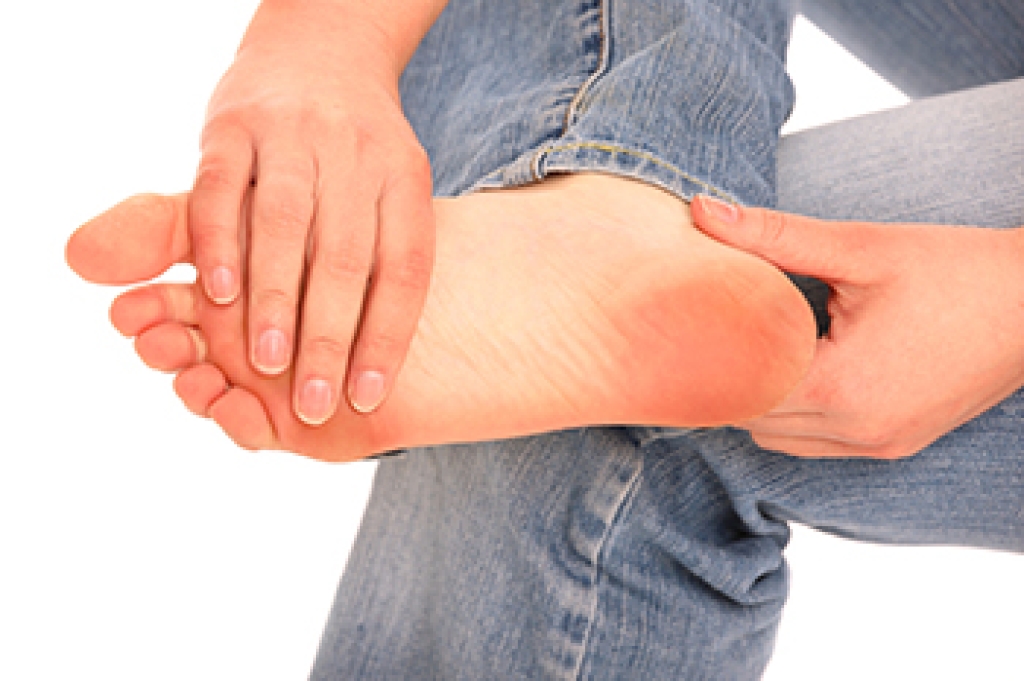
Blisters, shin splints, and swollen feet are just a few of the foot problems that can result from standing all day at work. There are various ways to take the load off your feet, during your working hours and after. Some of these include making sure to wear properly fitting, supportive, cushioned, close-toed, and comfortable shoes. Using anti-fatigue mats for repetitive tasks, doing exercises to strengthen the feet and legs for demanding work endurance, and taking regular breaks also help. Massaging your feet and soaking them after work may help relieve aches and pain. There are many other ways to prepare and take care of the feet when you must stand on them for prolonged periods. It is suggested that you visit a chiropodist to find out more.
If you stand all day, you may be at an increased risk of developing various foot conditions. If you are experiencing foot pain of any kind, please consult with one of the chiropodists from The Footcare Centre. Our chiropodists will assess your condition and provide you with quality foot and ankle treatment.
What Foot Problems Are Caused by Standing?
Standing all day at work may increase your risk of developing foot or ankle problems.
Some common foot conditions that may arise from spending all day on your feet include:
- Foot pain
- Blisters
- Corns and calluses
- Arthritis
- Flat feet
- Bunions
- Sprains
- Athlete’s foot
Prevention
If you stand for prolonged periods of time for work, taking preventative measures to preserve the health of your feet is strongly recommended.
Measures you can implement to help prevent foot problems include:
- Wearing shoes that are comfortable and fit well - these shoes should be made of breathable materials and provide you with arch support and cushioning. It is best to avoid shoes that have heels or narrow toe boxes.
- Taking breaks to rest, walk, and stretch your feet throughout the day
- Maintaining good foot hygiene - wash and dry your feet thoroughly every day
If you have any questions, please feel free to contact our office located in . We offer the newest diagnostic and treatment technologies for all your foot care needs.




